News Desk
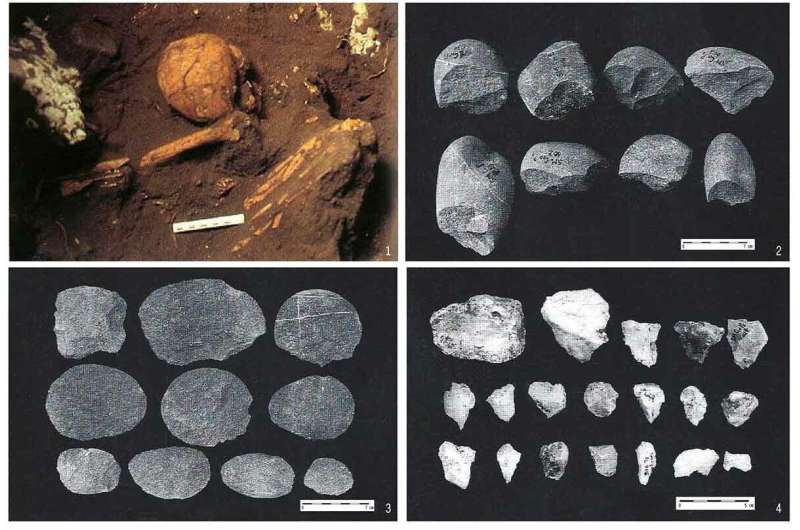
A team of researchers with members from Australia, Japan, Taiwan and Vietnam found a 6,000-year-old skull and femur bones in a cave in a mountainous part of Taiwan that might prove the existence of an ancient Indigenous tribe. In their paper published in the journal World Archaeology, the group describes the skull, where it was found and what it might represent.

Easter Island’s towering stone heads and other archaeological elements have been charred by a fire, according to local Indigenous and Chilean authorities.
Image from: kallerna (Wiki Commons)
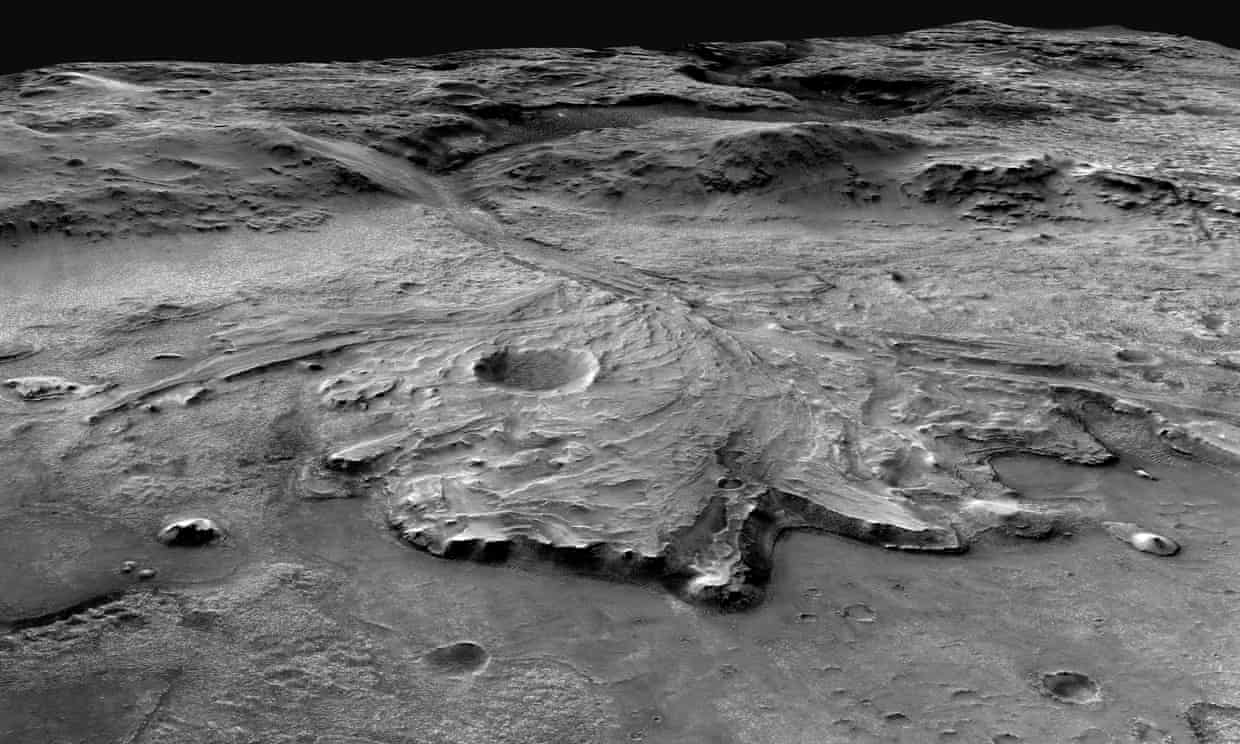
If the hydrogen-gobbling, methane-producing microorganisms existed, they would have caused their own demise.
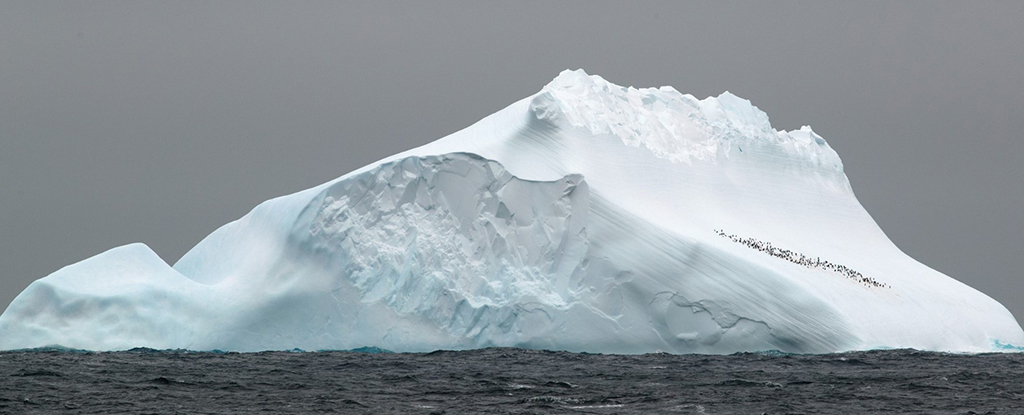
As we’re a species with ever-shrinking attention spans, it can be difficult to comprehend just how long life has been around on Earth. However, try to get your head around this one: Scientists have dug up fragments of DNA dating back 1 million years ago.
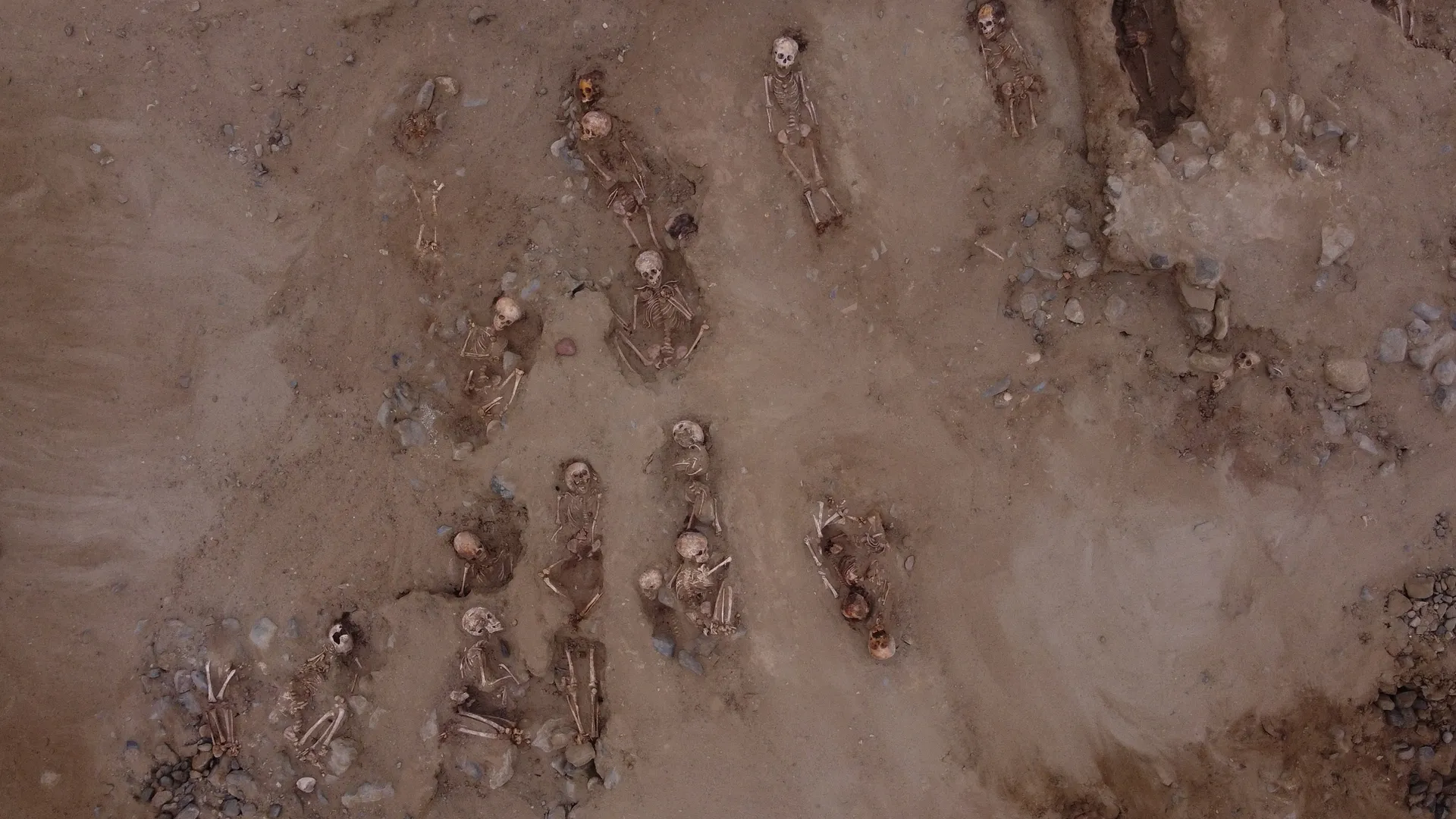
Radiocarbon dating needs to be done on the 76 newly uncovered skeletons, but previously found victims at Pampa La Cruz dated to between A.D. 1100 and 1200.

After more than a century of debate, researchers have settled the mystery of a tiny, enigmatic reptile that left an impression on Scottish sandstone nearly a quarter of a billion years ago.

The “bad trip” is one of the most common caveats against psychedelics. Sometimes it’s mentioned as a well-intentioned warning for first-timers and a reminder for seasoned users, while others use it as a fear-mongering tool meant to discourage any and all psychedelic experiences.
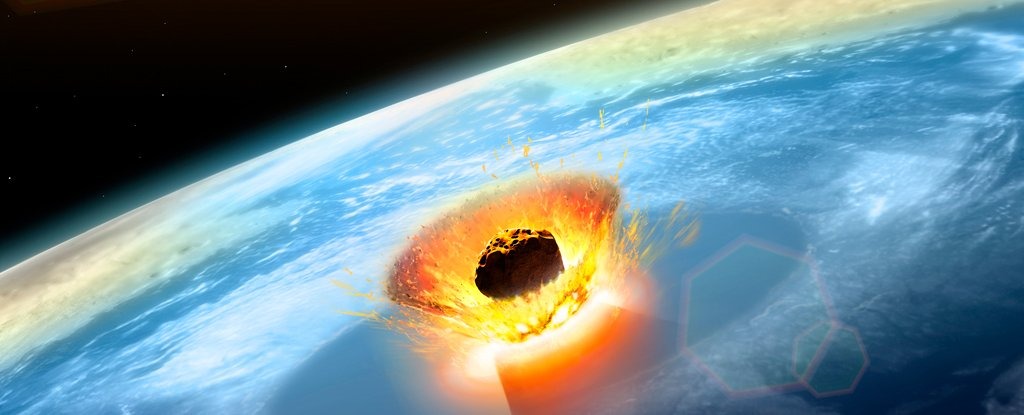
The dinosaur-killing asteroid that slammed into Earth 66 million years ago also triggered a jumbo-size tsunami with mile-high waves in the Gulf of Mexico whose waters traveled halfway around the world, a new study finds.
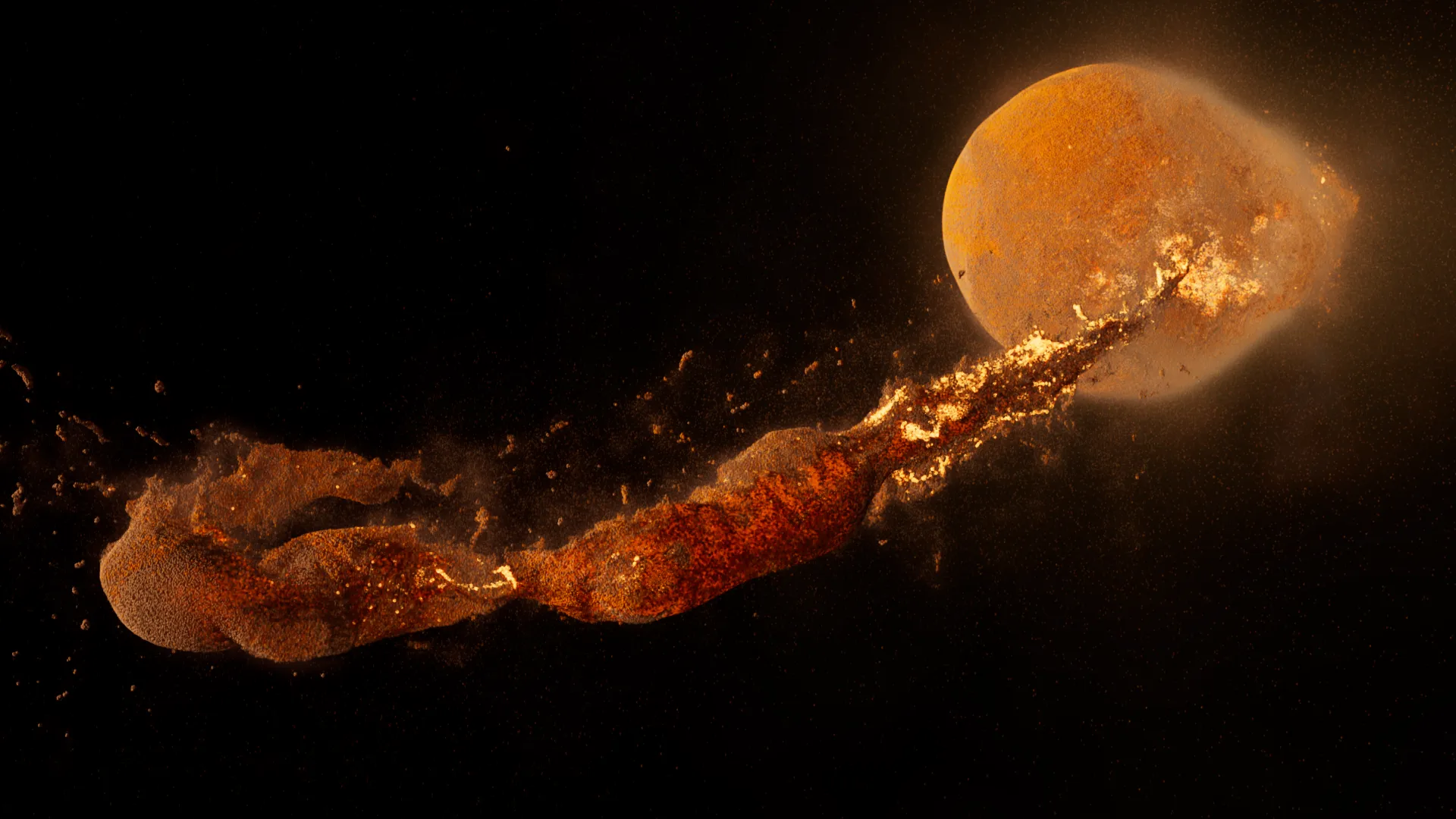
The moon could have formed immediately after a cataclysmic impact that tore off a chunk of Earth and hurled it into space, a new study has suggested.
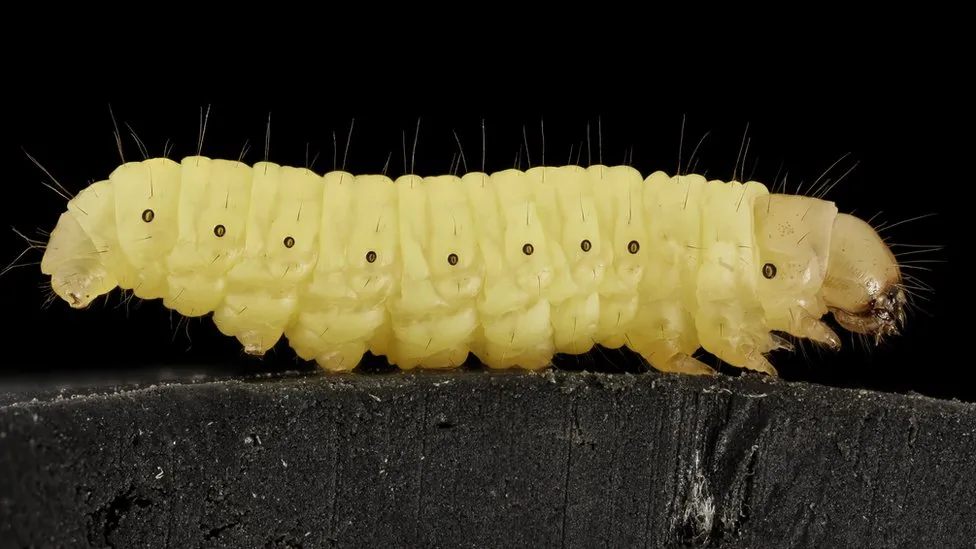
One of the worst forms of plastic pollution may have met its match in the saliva of a humble worm. Spanish researchers say they’ve discovered chemicals in the wax worm’s drool that break down polyethylene, a tough and durable material.

Compounds in these medicinal fungi may be natural “smart drugs.”
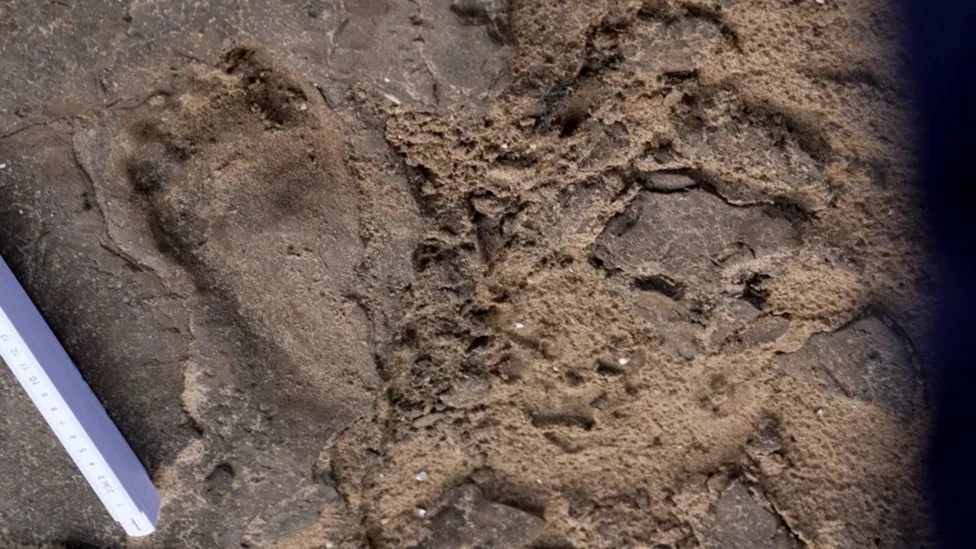
“It’s about 8,200 years old,” says Dr Alison Burns, pointing to a perfectly preserved human footprint pressed into ancient mud on Formby Beach. It is one of hundreds of newly discovered ancient footprints here. The first date back almost 9,000 years and the youngest of the prints are medieval – about 1,000 years old.
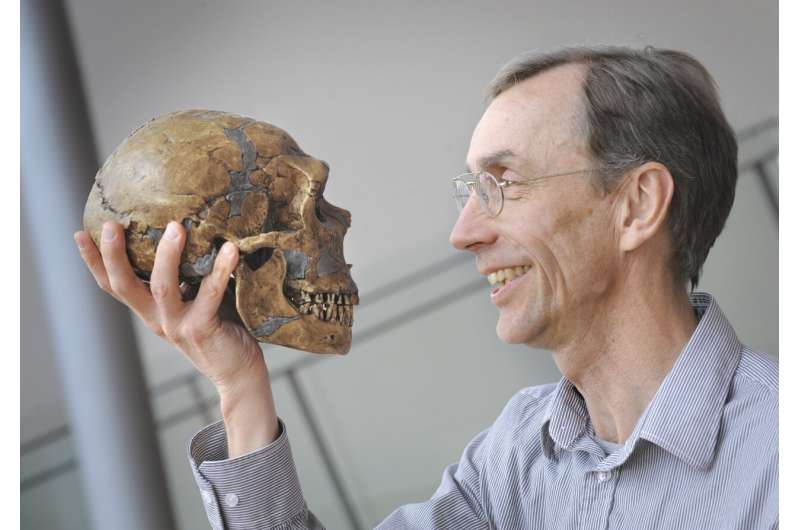
Paabo spearheaded the development of new techniques that allowed researchers to compare the genome of modern humans and that of other hominins—the Neanderthals and Denisovans.

Built by indigenous masons, these 1,500-year-old pyramids are still standing strong, held together by sticky juice from the prickly pear cactus.

A team of researchers from Université Clermont Auvergne, working with a colleague from Universität Bayreuth, has found evidence that suggests the Earth’s composition changed over time during its early years via collisional erosion.
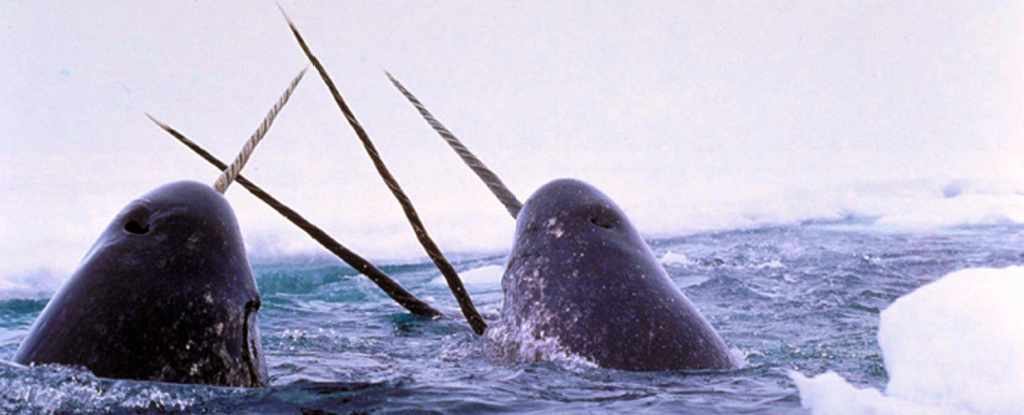
Narwhals are enigmatic marine mammals, fascinating us with their unique appearance and secretive lifestyles under the Arctic sea ice.








